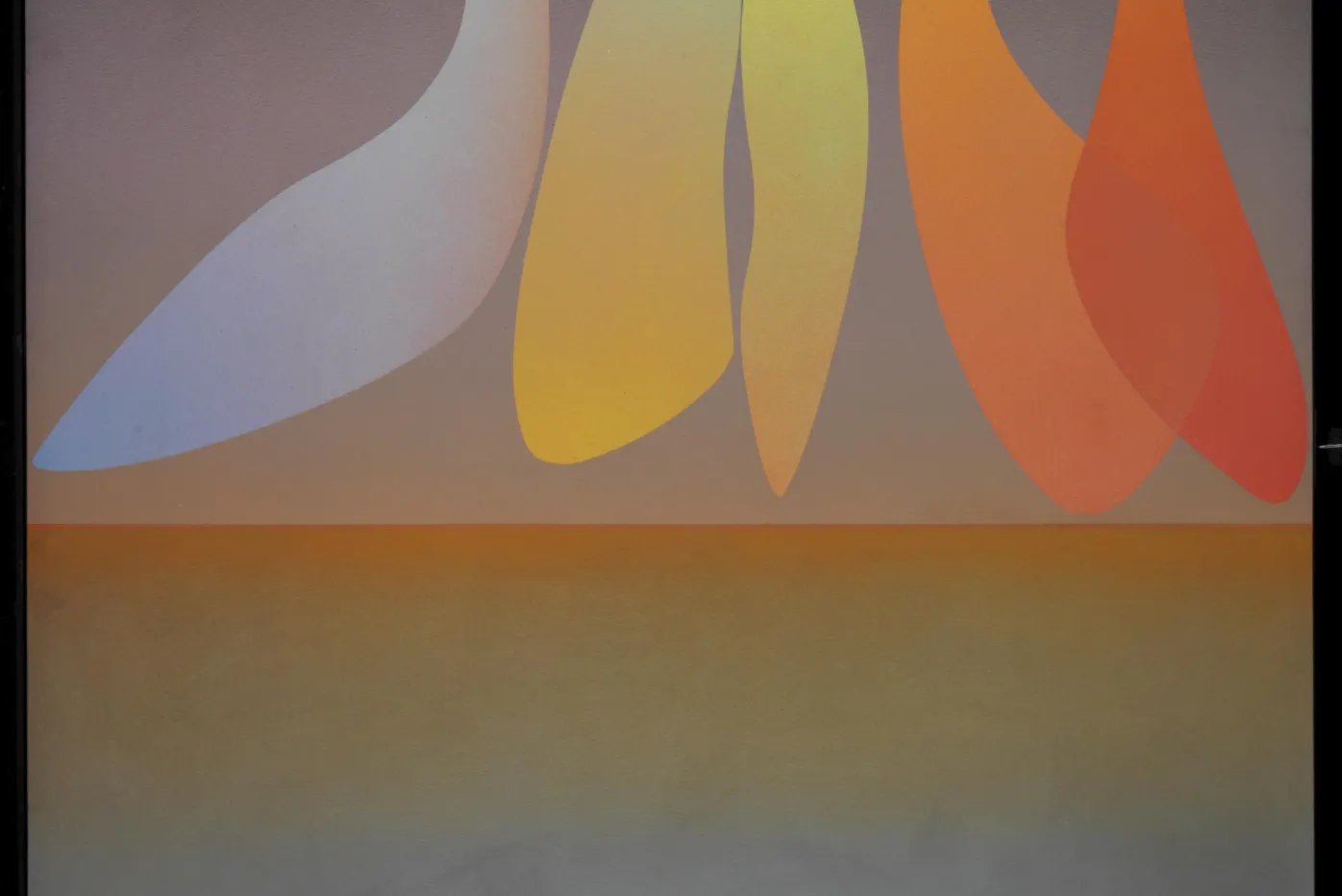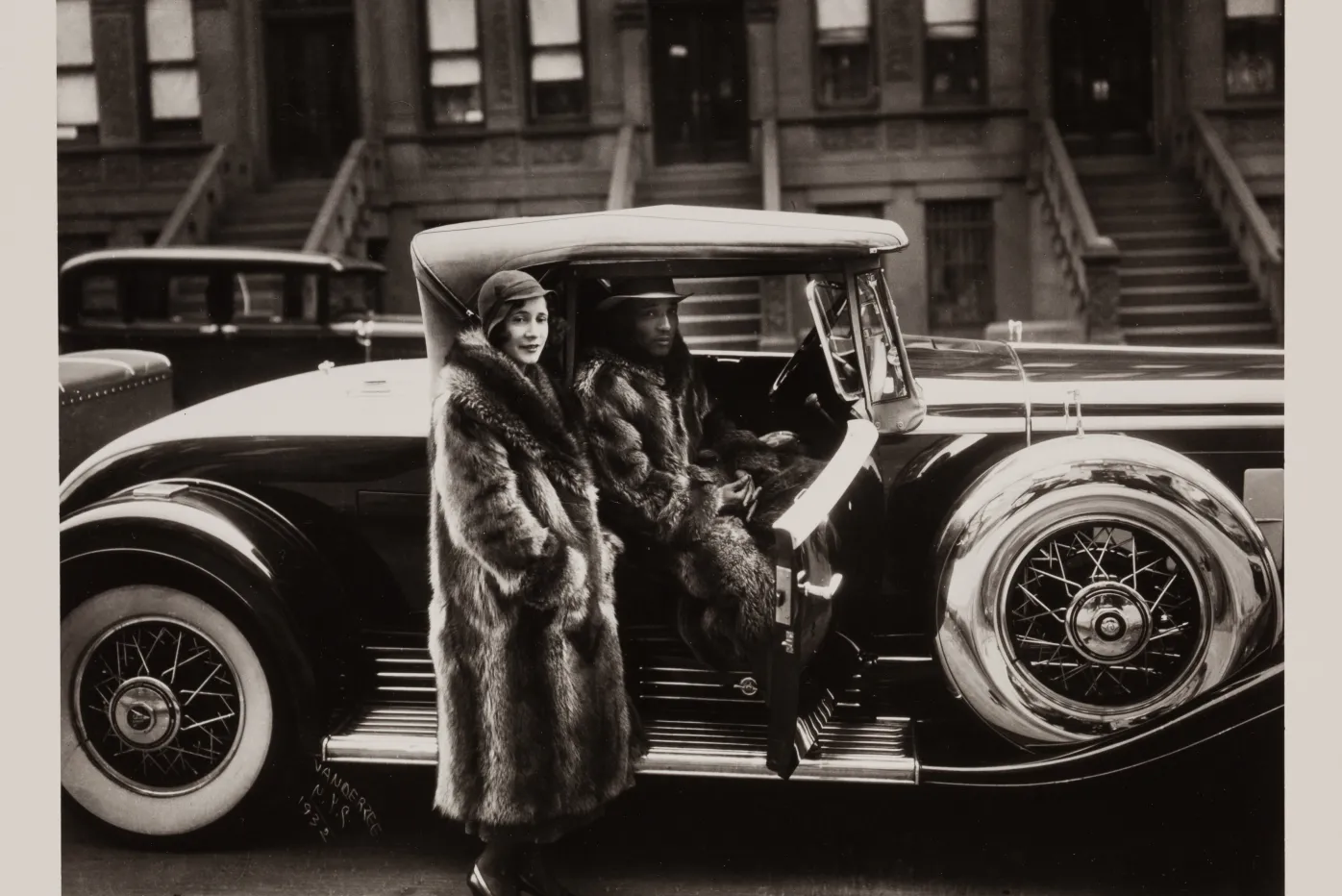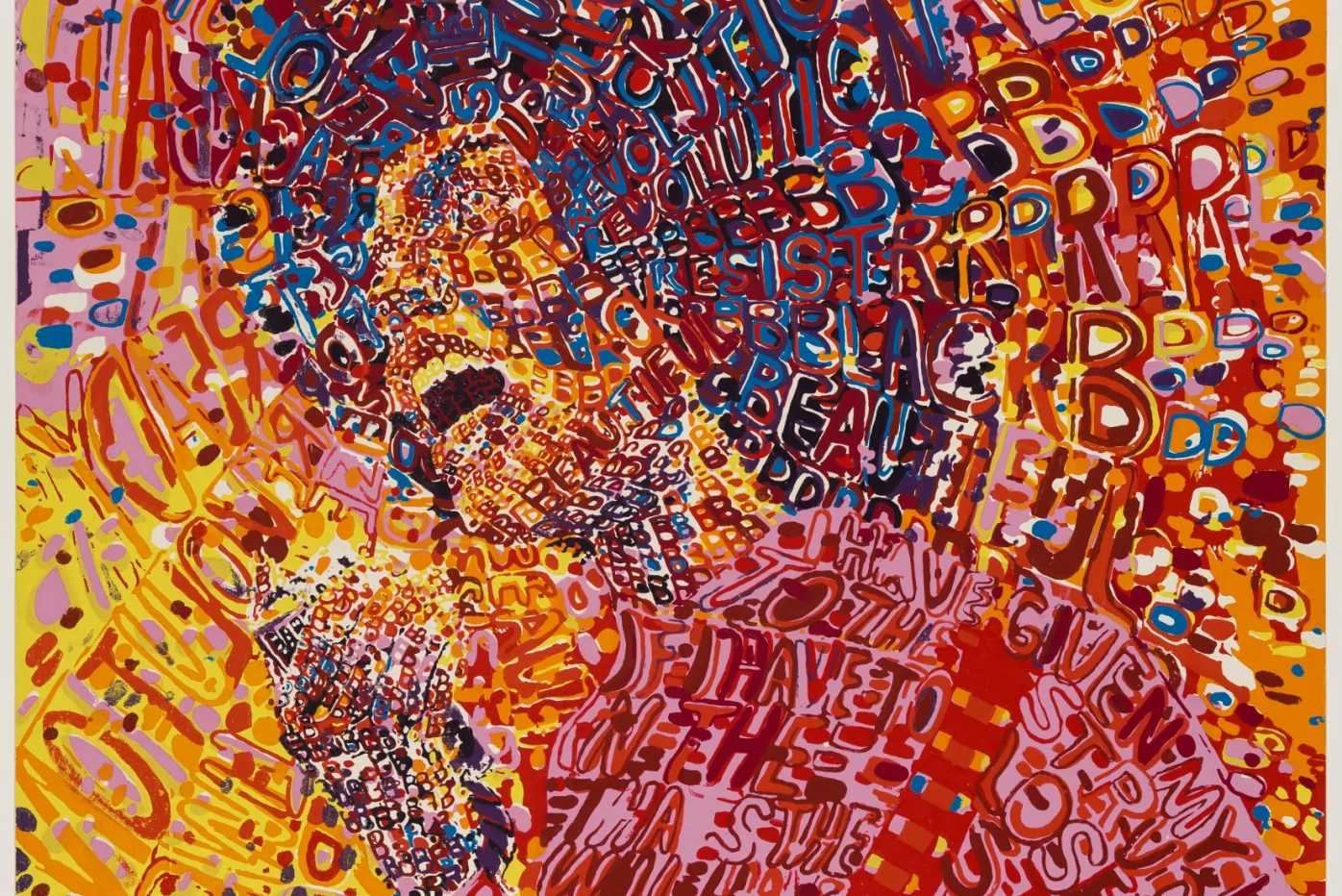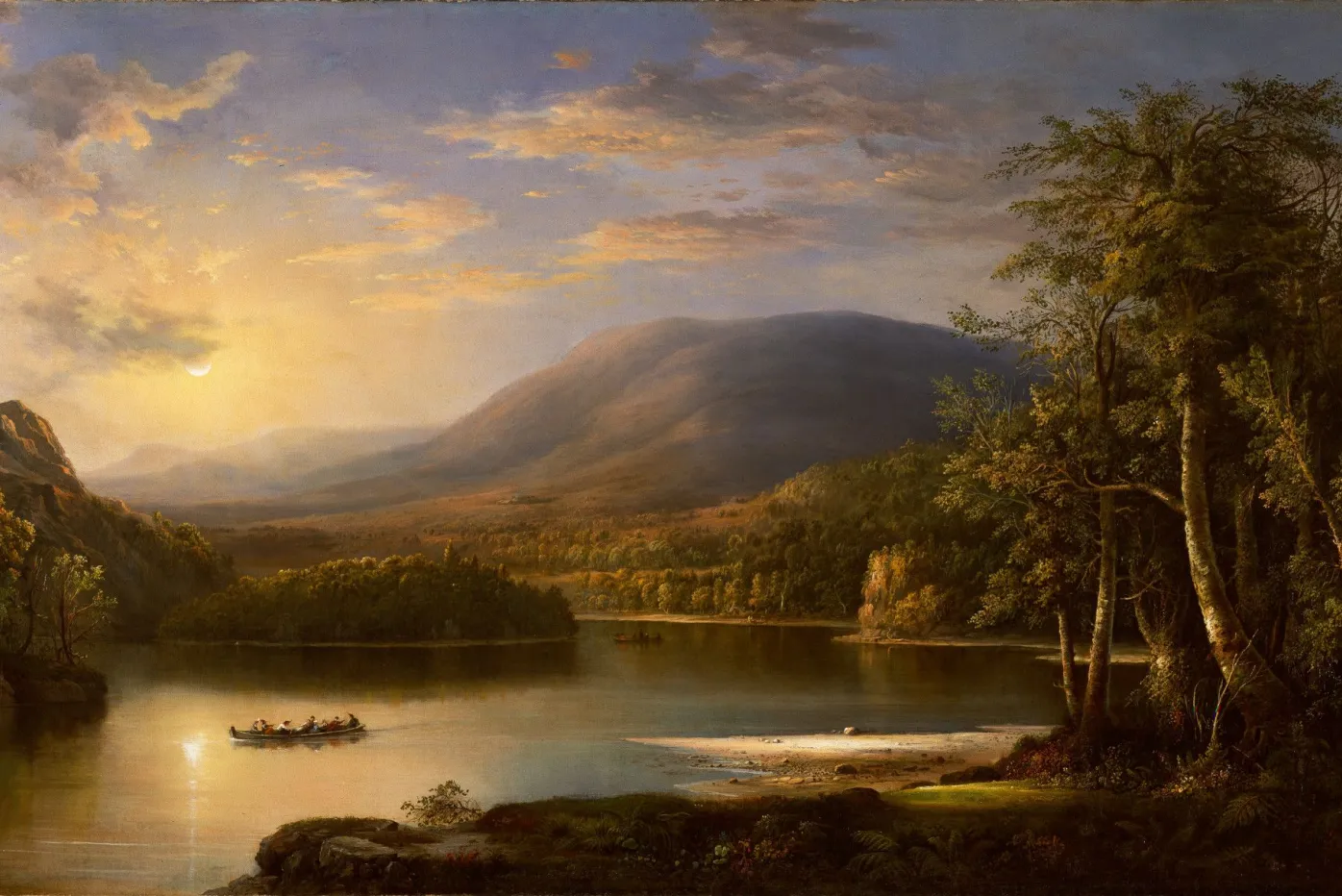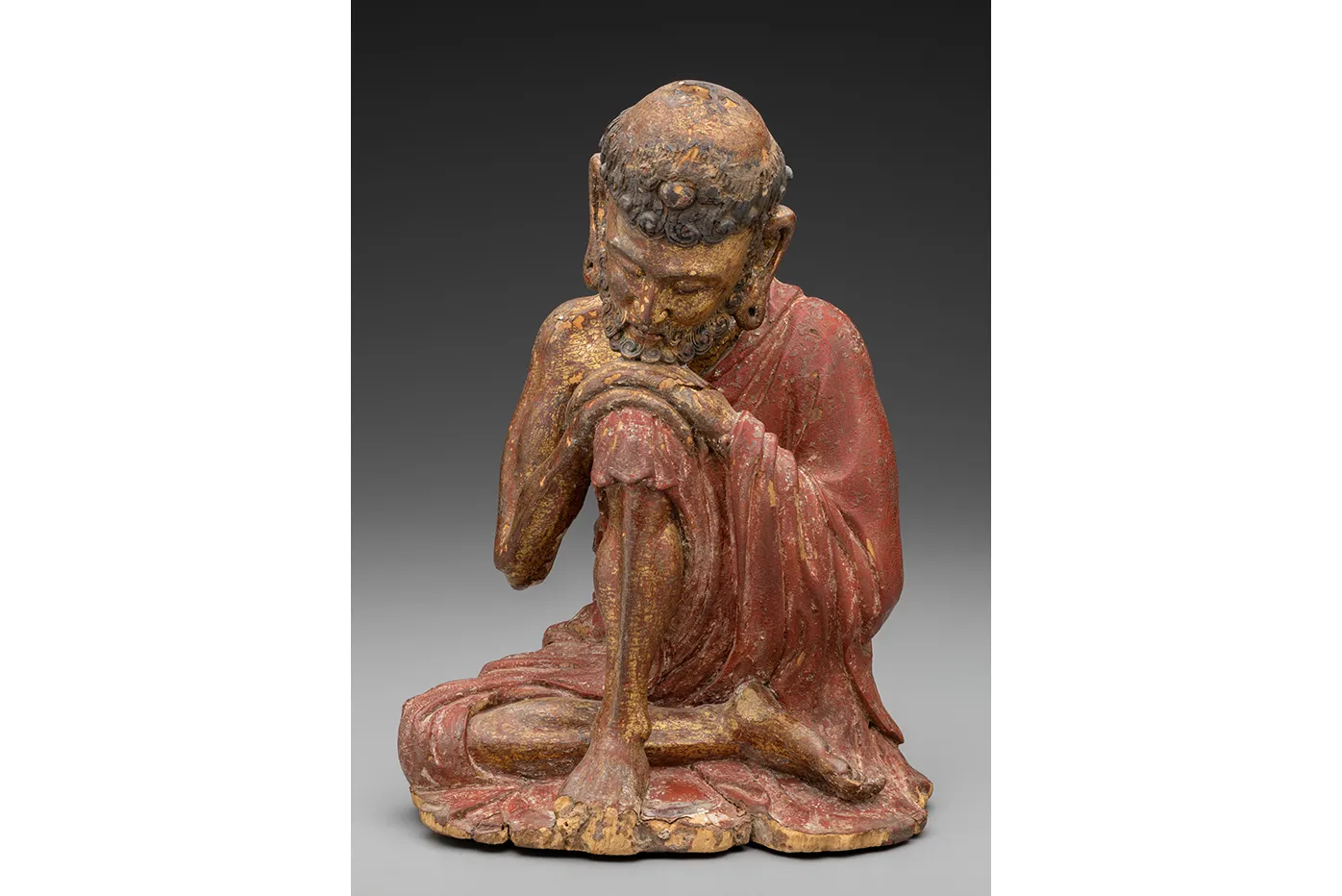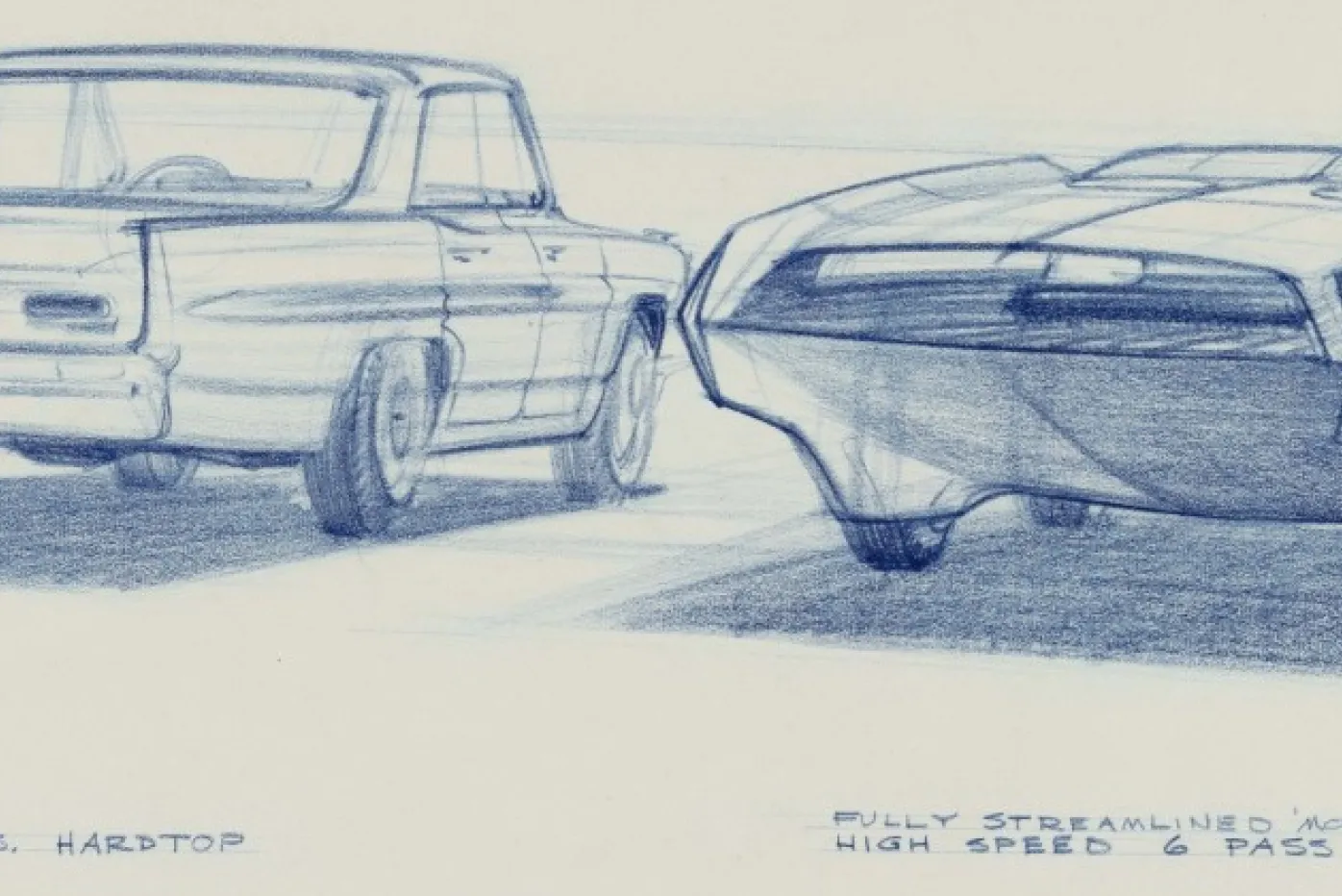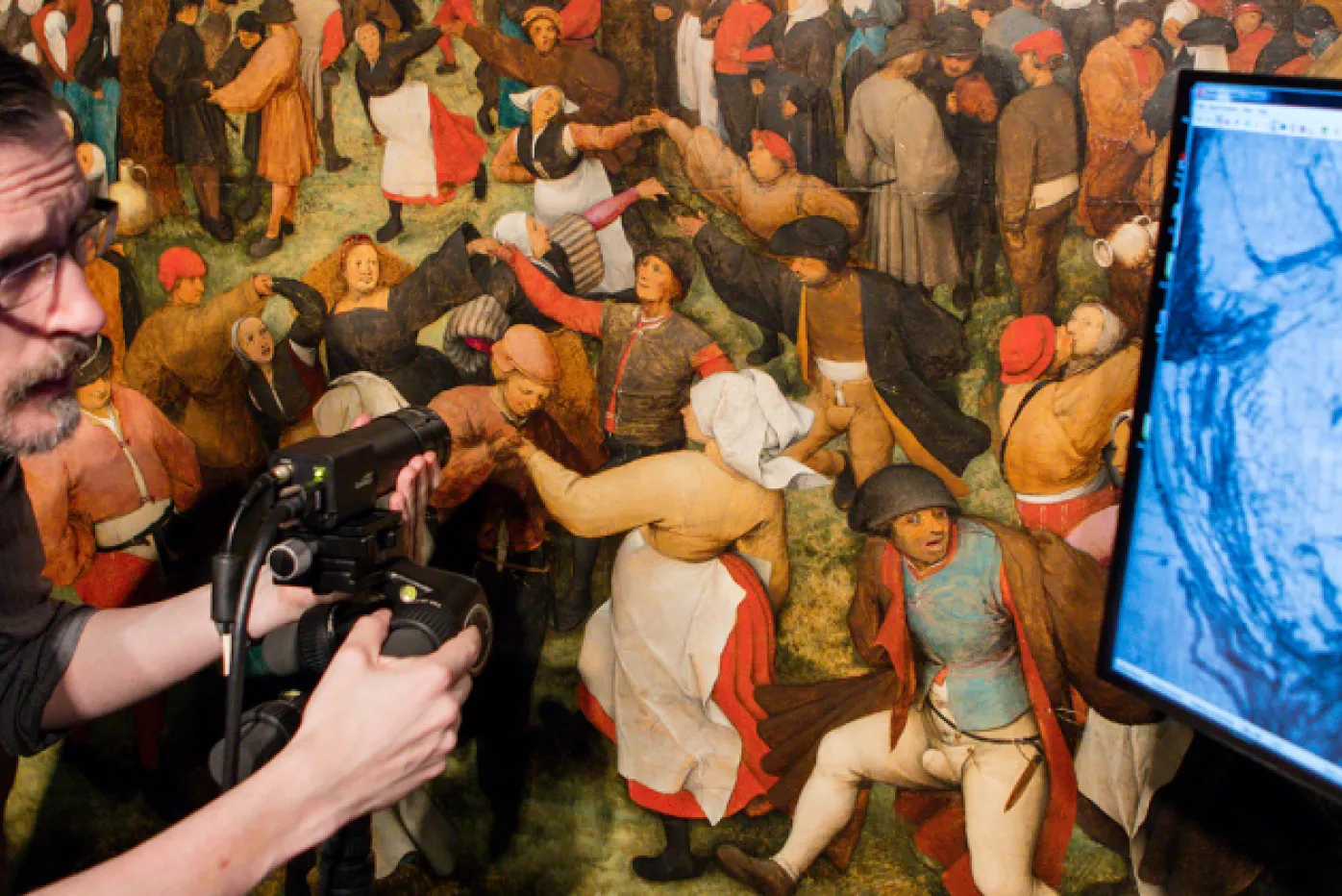Responding to Injustice
Updated Oct 18, 2025
Students will explore African American and Haitian history through the lens of visual art and literature. They will develop a deeper understanding of how artists like Vincent Smith, Philomé Obin, and Jean Wilner, and writers like James Baldwin and Amiri Baraka, used their work to respond to injustice, express identity, and document resistance.
Students will connect these historical experiences to present-day issues in Detroit and beyond, and will use their own voices to reflect, write, and create. Through this process, students will come to see art and writing as powerful tools for personal expression, emotional release, and social change.
This lesson is in support of Reimagine African American Art galleries.
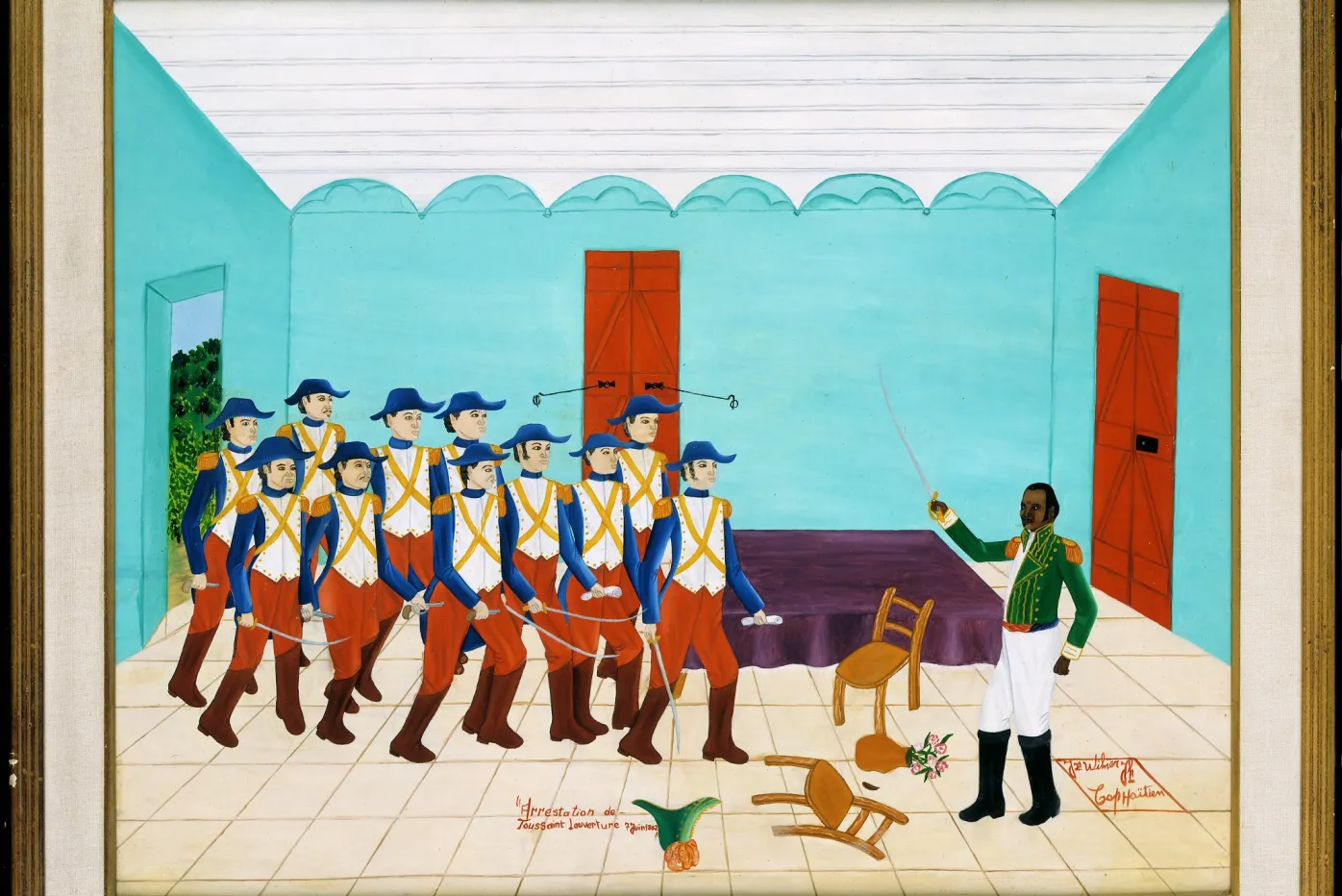
Jean Wilner, Arrest of Toussaint Louverture, June 7, 1802, 1971. Detroit Institute of Arts, Gift of anonymous donor
Students will explore African American and Haitian history through the lens of visual art and literature. They will develop a deeper understanding of how artists like Vincent Smith, Philomé Obin, and Jean Wilner, and writers like James Baldwin and Amiri Baraka, used their work to respond to injustice, express identity, and document resistance.
Students will connect these historical experiences to present-day issues in Detroit and beyond, and will use their own voices to reflect, write, and create. Through this process, students will come to see art and writing as powerful tools for personal expression, emotional release, and social change.
This lesson is in support of Reimagine African American Art galleries.
